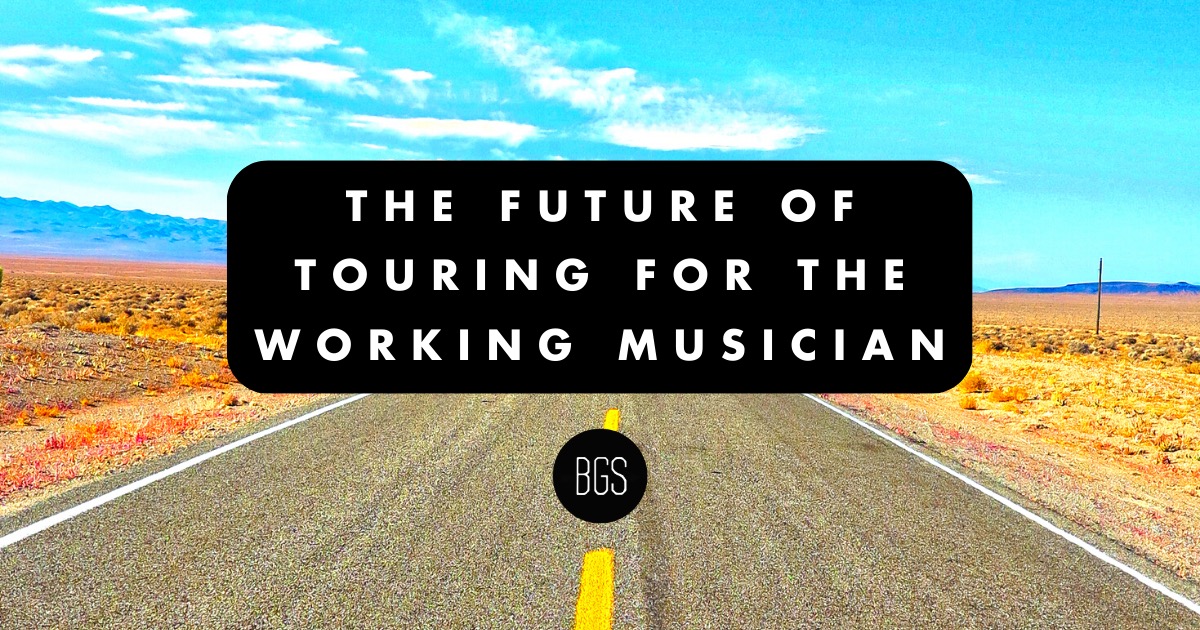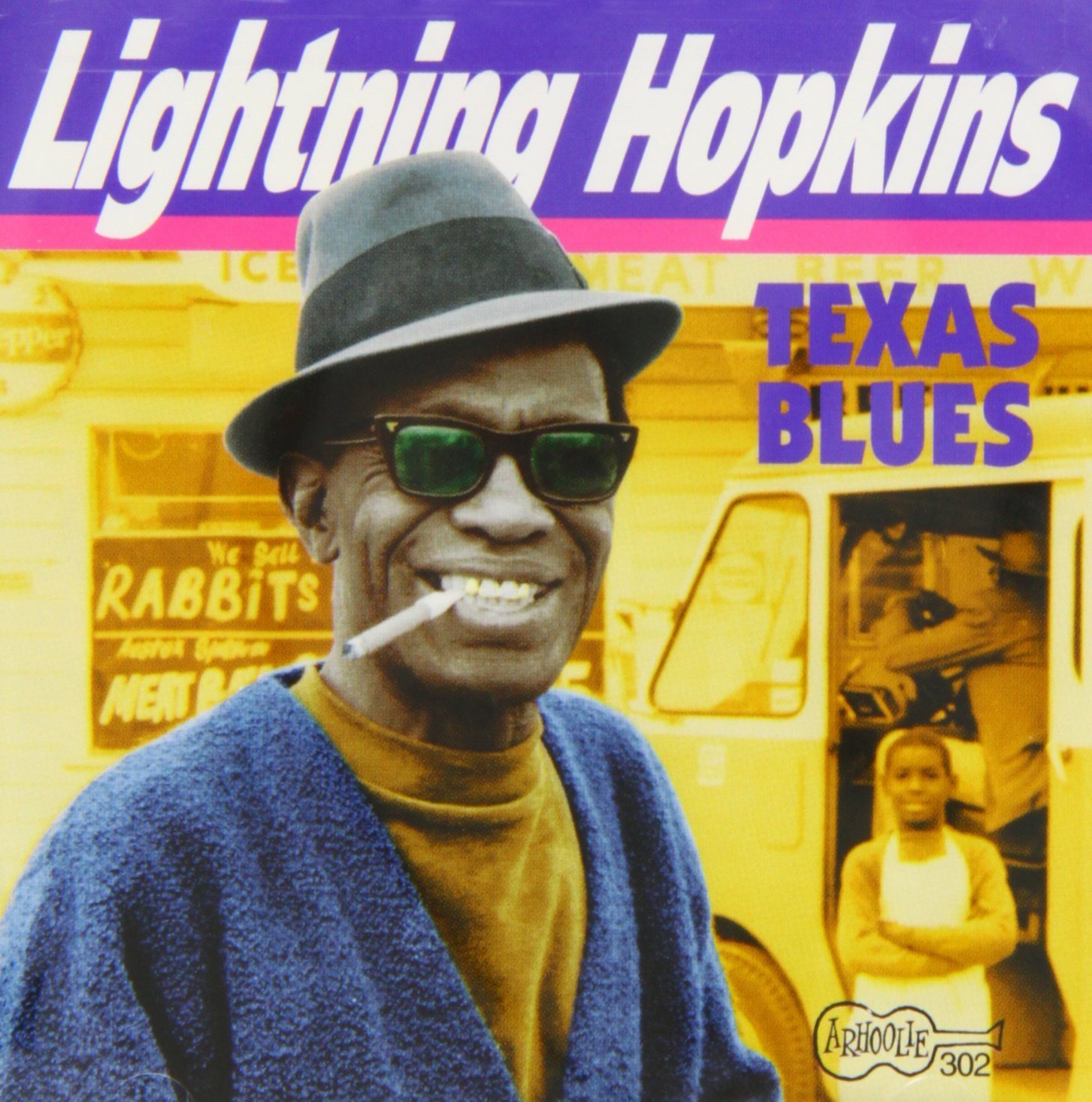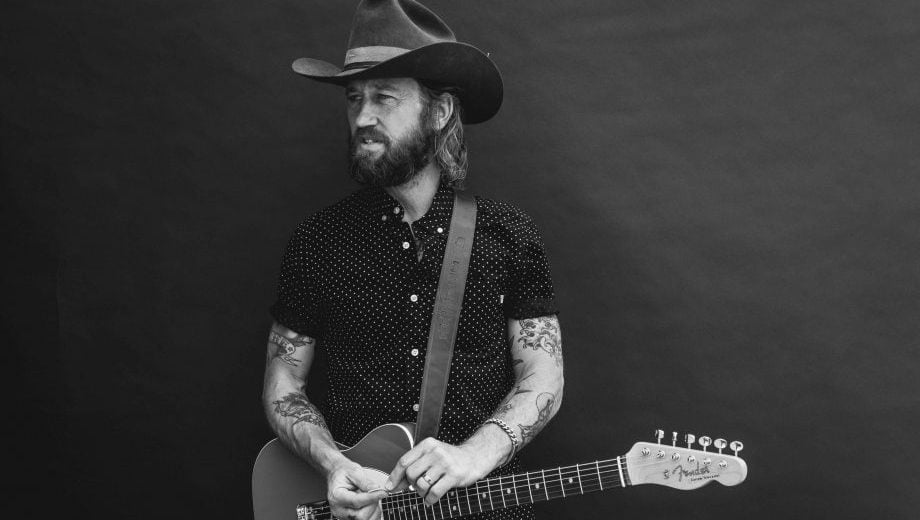If you take recent touring industry revenue reports at face value, business is booming. 2022 was a record-setting year with an estimated $6.28 billion, up 37% from the pre-pandemic year 2019.
When the onion layers start to peel back though, noticeable is that $2.68 billion of that sizeable amount of 2022 touring money was from stadium shows. Also notable is that inflation is much higher than it was 3 years ago, pushing sums to new heights. The lion’s share of the money went to the top-grossing artists, and 2023 is predicted to be similar for those acts.
The data for the rest of the industry is not as robust. We do know that throughout the past few years, artists like Santigold, Belle and Sebastian, Black Pumas, and Animal Collective have opened up to their fans about the professional and personal costs of touring. Last year saw frequent cancellations of shows, tours, and in some cases like with Dr. Dog, the end of touring all together for some acts.
So what does touring in 2023 look like for most working music creators? The short answer is, that the road looks different to everyone. The longer answer takes a look at multiple perspectives. BGS spoke with artists and industry leaders to learn about the issues and potential solutions facing roots artists on the road this year.
***
View this post on Instagram
For the past two decades before the pandemic, live music was viewed as a sort of revenue redemption for music creators in light of the fact that the bottom fell out of the record business at the advent of downloadable and streamable music. For many working artists, this was a busy period of consistent touring. Jacob Sharp from the band Mipso shares what has become a common sentiment amongst touring artists, “For our band being on the road was a given. In a better time for touring, there was insatiable opportunity and demand, both where we had a following and where we didn’t. And there was an infrastructure that made sense then. But saying yes always locked us into a lifestyle and a business cycle we felt we couldn’t escape.”
Sharp says in the current touring landscape, “We are a band that has never been happier playing music together but are having frequent conversations about whether to break up due to the economics of the business. We know it has to involve less touring.”
***
So what are the main issues negatively impacting the live music industry for roots and independent music creators?
Cost of touring and inflation
No doubt the current state of the economy is affecting the concert business with rising costs for fans and for touring artists. Label Manager of Single Lock Records and touring drummer for Cedric Burnside, Reed Watson, says, “Artists can’t afford it. Hotels are expensive, gas is expensive. Entertainment takes it on the chin when times are tight.”
View this post on Instagram
Sharp puts a fine point on the economic cost versus reward saying, “It costs a lot more to be on the road between travel, flights, vehicles, hotels. Everything is so much more expensive. At the end of the tour we have less money in our pocket.”
Inconsistency of crowds
Before the pandemic, it was much easier to build a tour, a budget, and a future based on somewhat tried and true marketing formulas and audience engagement. During the pandemic, as venues started to open up, many had received pandemic aid to get artists back on stage and to get people in the doors. Not that this was an easy time for artists as they navigated cancellations due to illnesses and the rising costs of touring, but there was some cash to be had, and throngs of artists were out on the road again.
As the pandemic wore on and the aid money thinned, the crowds were not pouring back in as predicted. And even events that sold well didn’t necessarily translate to full houses as audiences were notoriously low day-of-show for many venues. This impacts merchandise sales, food and beverage, and parking for the bands and venues.
Reed Watson believes this continued unpredictability is largely now due to the current economic lay of the land saying, “The reason we are starting to see attendance crater is because money is tight right now. We are in this inflation moment and that is making more of an impact on touring than the pandemic currently.” Crowds are also buying tickets last minute which makes it hard to budget, market, and plan.
View this post on Instagram
Mental and physical health of artists, bands and crew
The stories of starving artists sleeping in vans on the road are romanticized and narrow in their telling of the difficulty level for the bands and crew enduring those hardships. And perhaps are only of remote interest to younger artists willing to risk their safety…and their backs. But for artists who have been touring for many years, traveling in discomfort for low yield and leaving behind their personal lives to do so is no longer an option they are willing to face. Recording artist Caitlin Rose shares, “I don’t want to tour needlessly. We could all tour and feel like crap for the first 10 years of our career, but it’s too tough now.”
Along the same lines, Reed Watson says, “I don’t believe in telling artists the only way they can tour is to sleep in their van. I also don’t believe in shaming artists who hold out until they can afford a hotel room and afford safety.”
Narrowing of live event opportunities for working musicians
In this era when so many independent venues and festivals are being swallowed up by conglomerates or shuttered, we have seen a general narrowing of traditionally viable opportunities for working musicians.
***
View this post on Instagram
And now that we’ve identified some of the underlying problems in the current industry, what are some potential solutions arising in 2023?
Creating an open dialogue with the audience
Since the pandemic, artists are seemingly having a more open dialogue with their audience about career and personal challenges than we’ve seen in the past. Reed Watson sees this is an overall plus for the industry saying, “I think it is the way of the world now for artists to be open and honest with fans. Fan bases for the most part are willing to take that ride with them. I think social media in general is very unhealthy. I think the impact on the business is ultimately not great. But seeing artists use it to their advantage and to do something good is great.”
Caitlin Rose says, “I think the complaining has become more productive to try and improve the discussion. Everyone can bitch now and that’s awesome, but people are actually trying to figure it out now. Priorities and guidelines are changing. What makes this worth it? I’m scared to do it again in a way that burns me out. I want to be happy.”
For Sharp and his band Mipso he says, “We want to set some boundaries and have a healthier balance with our working/touring life and our home life. Both financially, that is true for us, but really for our mental health, it will be easier to embrace and become a part of our lives.”
View this post on Instagram
Focusing on alternative revenue streams
Singer-songwriter Tift Merritt gave up touring before the pandemic to grow roots for her then 20-month-old daughter. She shares, “It was a very fraught and scary decision, but it ended up being really empowering for both us and my work. This is a situation that wrecks anxiety on a lot of women, how they are going to continue doing what they are doing. It is often a very lonely situation, and I’m glad that people are talking about it. I feel really proud of what my daughter and I have done and the decisions that we have made. It doesn’t mean I’m not a musician and an artist.”
Though this is not an economic reality for every artist, instead of touring, Merritt’s work has now shifted. “I’m no longer a road-based artist, I’m a project-based artist,” she says. Working on alternative revenue streams, she now focuses on her Substack called Nightcaps, as well as archival, historical, and site-specific music projects.
Stong independent venue coalition in NIVA
The National Independent Venue Association was founded in a moment of dire need during the pandemic to protect vital independent venues throughout the country and hit the ground running with impactful adovcacy work. It has found more raison d’etre in the wake of the emergency. Newly appointed as Executive Director of NIVA, Stephen Parker shared with BGS, “Aside from when venues had to be completely shuttered, running a venue or promoting shows was never harder than it was during 2022. The live music sector was back for some but challenging for all. With every act on the road simultaneously vying for ticket buyers, staffing shortages – both with the artists’ touring teams and the venues and festivals, and the rising costs of everything, the economics of the industry have never been more challenging. In 2023, my hope is that independent venues will continue forging a path toward recovery. While logistical and financial issues may continue to linger, independent venues remain committed to attracting staff, promoting and marketing shows in creative ways, and creating compelling and affordable environments that artists and fans want to show up for. NIVA is focused on helping them make that happen.”
View this post on Instagram
Pressure on conglomerates
Alongside the robust work that NIVA is taking on to protect independent venues, there is worldwide pressure zeroing in on Live Nation and Ticketmaster. In the wake of several public debacles in recent months, there are calls for investigations and legislation to curb the conglomerates’ questionable business tactics that leave both fans and artists with less choices and money.
Touring with less people
In an effort to trim costs, some artists are strategically focusing on more acoustic or solo sets, leaving band and crew behind for some dates. Caitlin Rose is opening up for Old 97’s on tour this year, and is planning on taking a full band on the road for a portion of the time, but will perform as a duo on the West Coast to lower the impact of tour costs.
Watson adds, “Artists are leaving bands behind and touring solo. It used to look like 80% band shows to 20% solo shows but is shifting to the opposite. That is what it will look like moving forward for a little bit until artists are paid more.”
Strategic routing and events
From residencies to regional and weekend tours, to corporate and brand events, artists are attempting to find ways to supplement income, lower costs, and cater to fans. For Mipso in today’s touring reality, Sharp says, “We are touring less and now we say no to many things that the younger band would have been quite happy to do. We see that as self-preservation. Each of these cities we play is a market and it is easy to oversaturate.”
View this post on Instagram
Touring artist Nick Howard owns Bookable with his wife, Katelynn Silver Howard. The company connects artists to nonconventional local live events in Nashville like conferences, brand-sponsored events, and hotel bookings, providing opportunities for artists to make money in their region while not necessarily saturating the market.
Focusing on fan community and engagement
Building a live music career focused on building community and knowing one’s audience well is the focus of touring artists like Nick Howard, who has built a sizable following and touring career in Europe. He says that in the past few years, the saturation has made it more difficult to get people to come out to shows and says, “Social media following no longer translates to ticket sales.” To take out the middlemen and engage directly with his fans, he now rents out venues himself and uses a third-party ticket company. That way, he saves money on agent, ticket, and promoter fees. And by being in close contact with his fans, he says, “You know how big your audience is and work backward.”
***
The overview of touring in 2023 is that there is no roadmap. It will be trial and error as the industry rebuilds itself — but the show will go on, as Reed Watson so positively reminds us. “Touring is the one thing that the internet can’t replicate. You cannot replicate getting in a room with live entertainers.”






